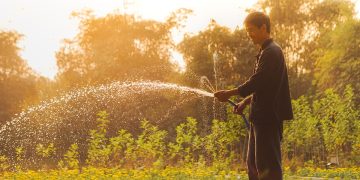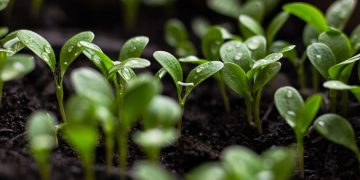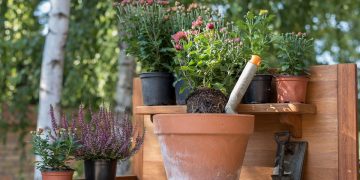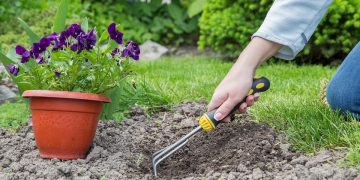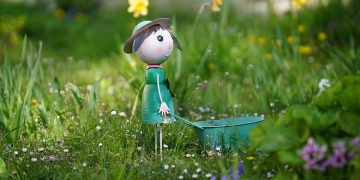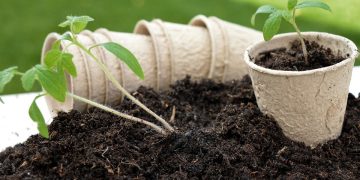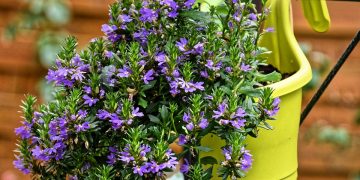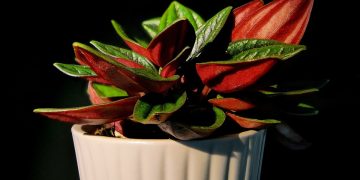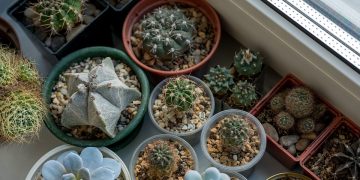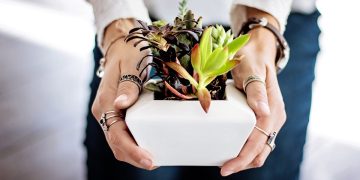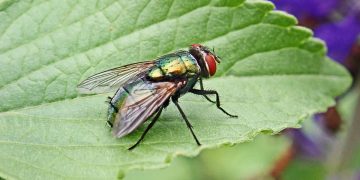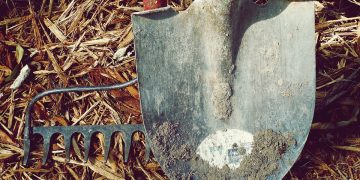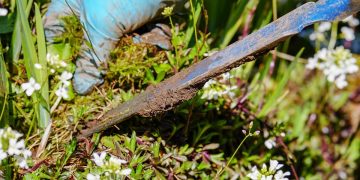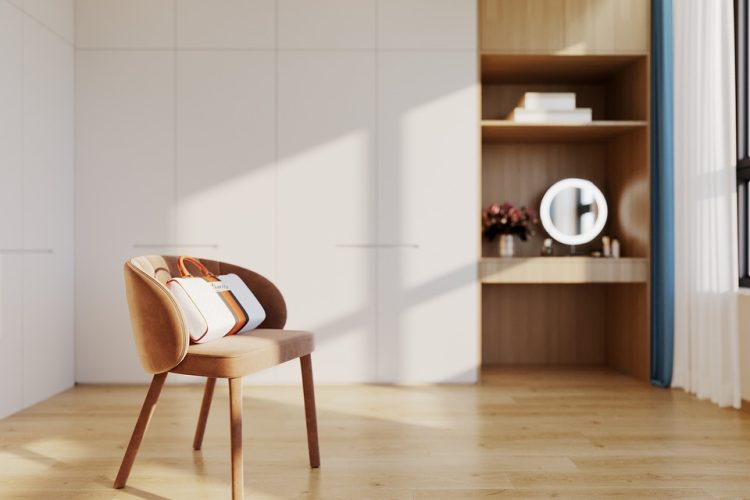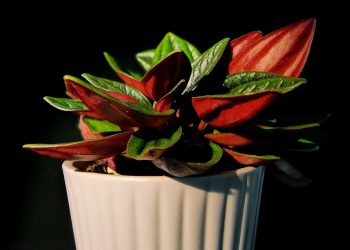The Green Thumb Guide: Essential Tips for Indoor Plant Care and Maintenance
Indoor plants not only add beauty and charm to your living space but also offer a range of health benefits. From improving air quality to reducing stress, indoor plants can enhance your overall well-being. However, taking care of indoor plants requires a certain level of knowledge and dedication. In this comprehensive guide, we will share essential tips for indoor plant care and maintenance to help you develop a green thumb and keep your plants thriving.
Choosing the Right Plants
Before diving into the world of indoor plant care, it’s important to choose the right plants that are suitable for your living environment. Consider factors such as light exposure, humidity levels, and temperature fluctuations when selecting indoor plants. Some popular indoor plants that are relatively easy to care for include pothos, spider plants, and snake plants.
Providing Adequate Light
Light is essential for plant growth and development. Most indoor plants require bright, indirect light to thrive. Place your plants near a window where they can receive sufficient sunlight without being exposed to direct sunlight, which can scorch their leaves. If your living space lacks natural light, consider investing in grow lights to supplement your plants’ light requirements.
Watering Wisely
One of the most common mistakes in indoor plant care is overwatering. It’s important to establish a watering schedule based on the specific needs of each plant. Check the soil moisture level before watering and adjust the frequency based on the season and humidity levels. Remember that it’s better to underwater than overwater your plants, as too much water can lead to root rot and other issues.
Fertilizing Regularly
Fertilizing is another crucial aspect of indoor plant care. Choose a balanced, water-soluble fertilizer and apply it according to the instructions on the label. Fertilize your plants during the growing season, typically spring and summer, and reduce or stop fertilizing during the dormant winter months. Over-fertilizing can harm your plants, so it’s important to follow the recommended dosage.
Pruning and Grooming
Regular pruning and grooming are essential for maintaining the health and appearance of your indoor plants. Remove dead or yellowing leaves, trim overgrown branches, and shape your plants to encourage healthy growth. Pruning also helps prevent pest infestations and diseases by improving air circulation and reducing overcrowding.
Monitoring for Pests and Diseases
Pests and diseases can wreak havoc on your indoor plants if left unchecked. Keep an eye out for common pests such as spider mites, mealybugs, and aphids, as well as signs of diseases like powdery mildew and root rot. Treat infestations promptly using natural or chemical remedies to prevent them from spreading to other plants.
Humidity Control
Indoor plants thrive in environments with moderate humidity levels. If your living space is too dry, consider using a humidifier or placing a tray of water near your plants to increase humidity. On the other hand, if your space is too humid, ensure proper ventilation to prevent mold growth and other issues.
Repotting when Necessary
As indoor plants grow, they may outgrow their containers and require repotting. Check the roots of your plants regularly and repot them into a larger container if they become root-bound. Use well-draining soil and ensure proper drainage holes to prevent waterlogging, which can lead to root rot.
Seasonal Care Tips
Adjust your indoor plant care routine according to the changing seasons. During the warmer months, increase watering frequency and provide adequate sunlight for optimal growth. In the winter, reduce watering and avoid placing your plants near drafty windows or heating vents to prevent cold damage.
Conclusion
By following these essential tips for indoor plant care and maintenance, you can develop a green thumb and create a thriving indoor garden. Remember to choose the right plants for your living environment, provide adequate light and water, fertilize regularly, prune and groom your plants, monitor for pests and diseases, control humidity levels, repot when necessary, and adjust your care routine based on the seasons. With proper care and attention, your indoor plants will flourish and bring beauty and joy to your home.

